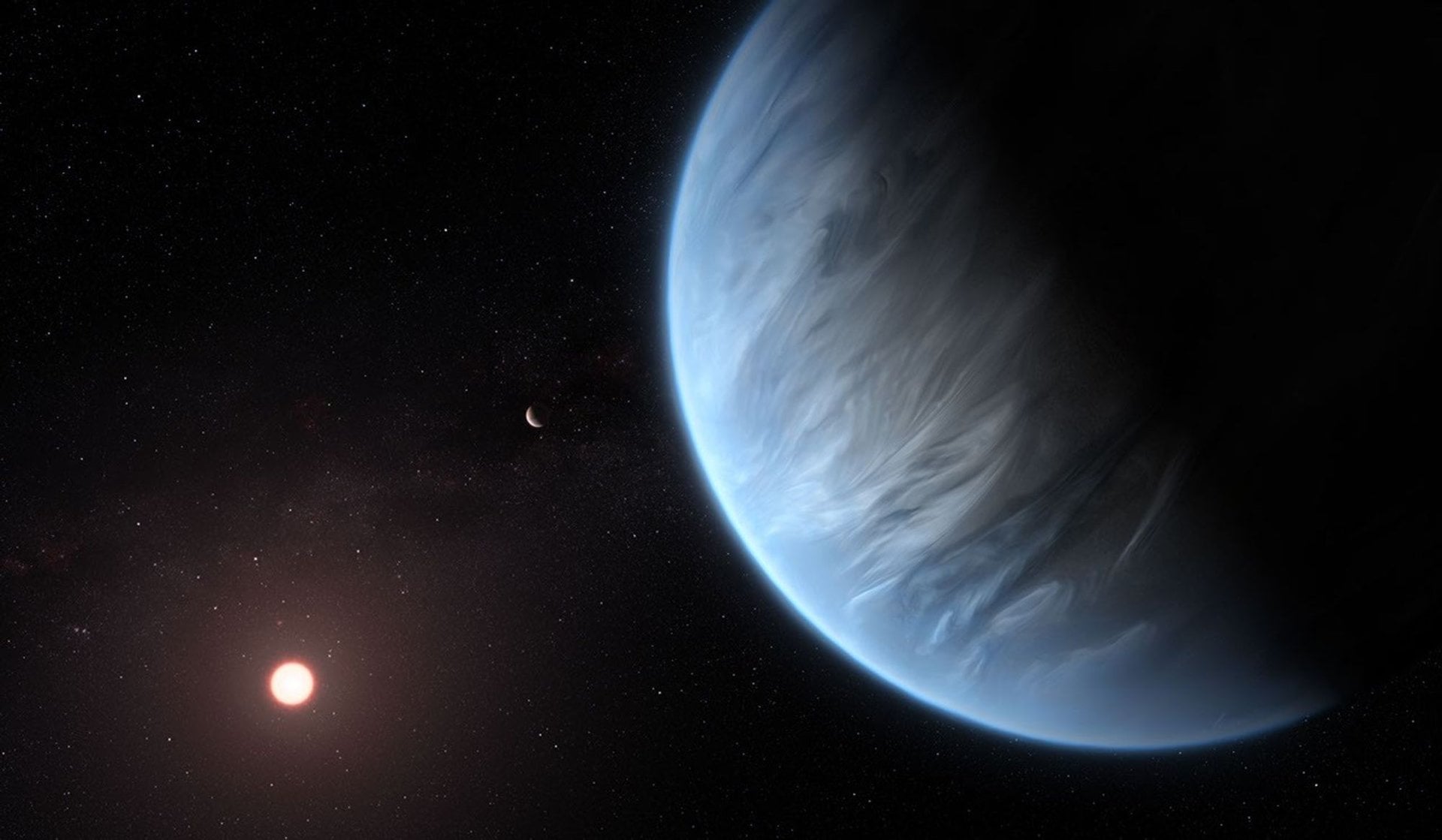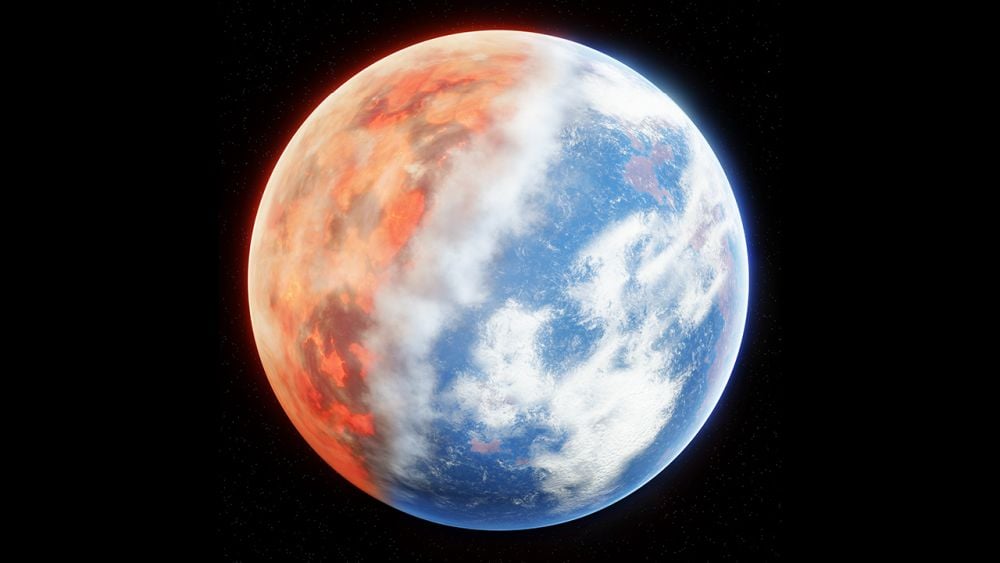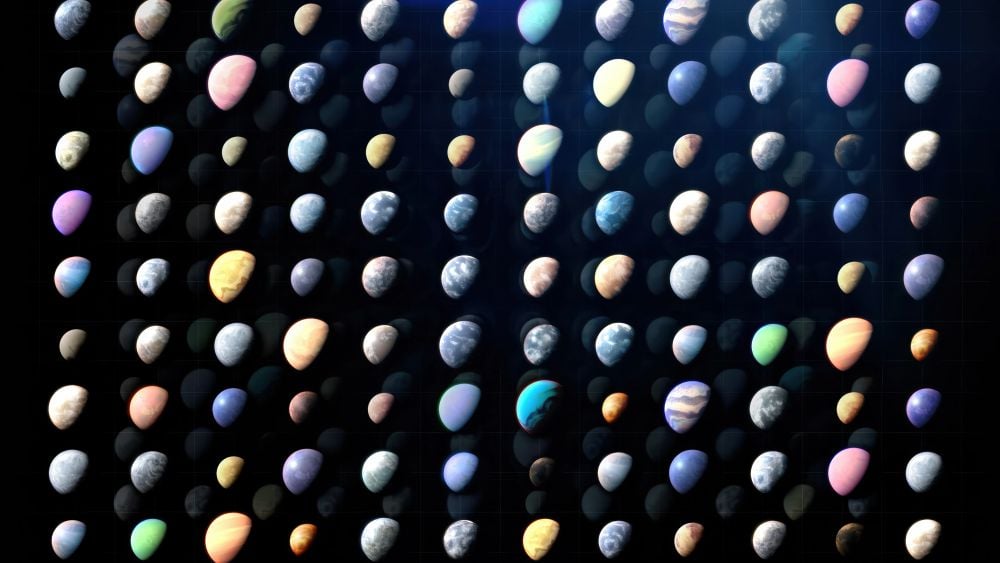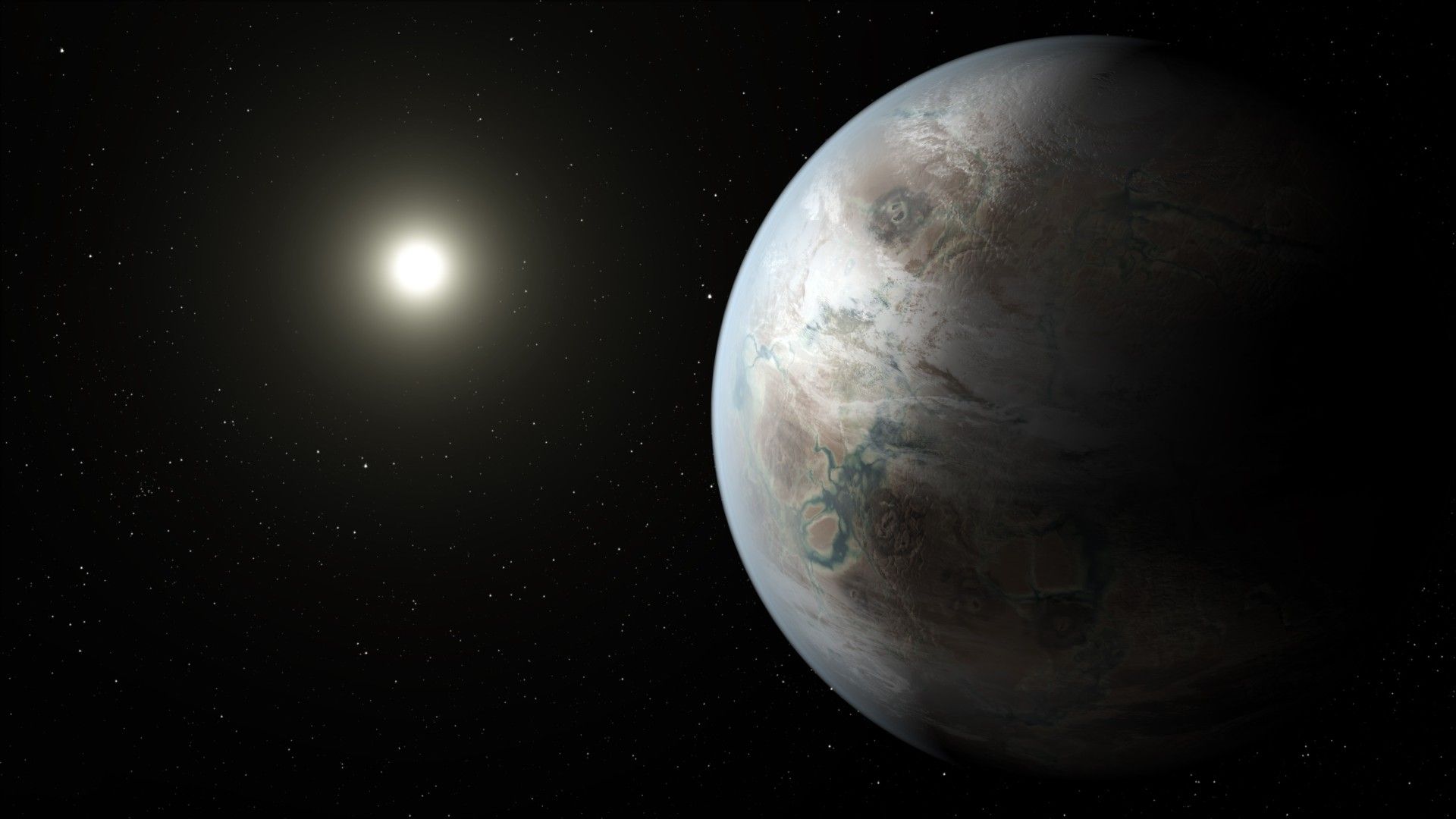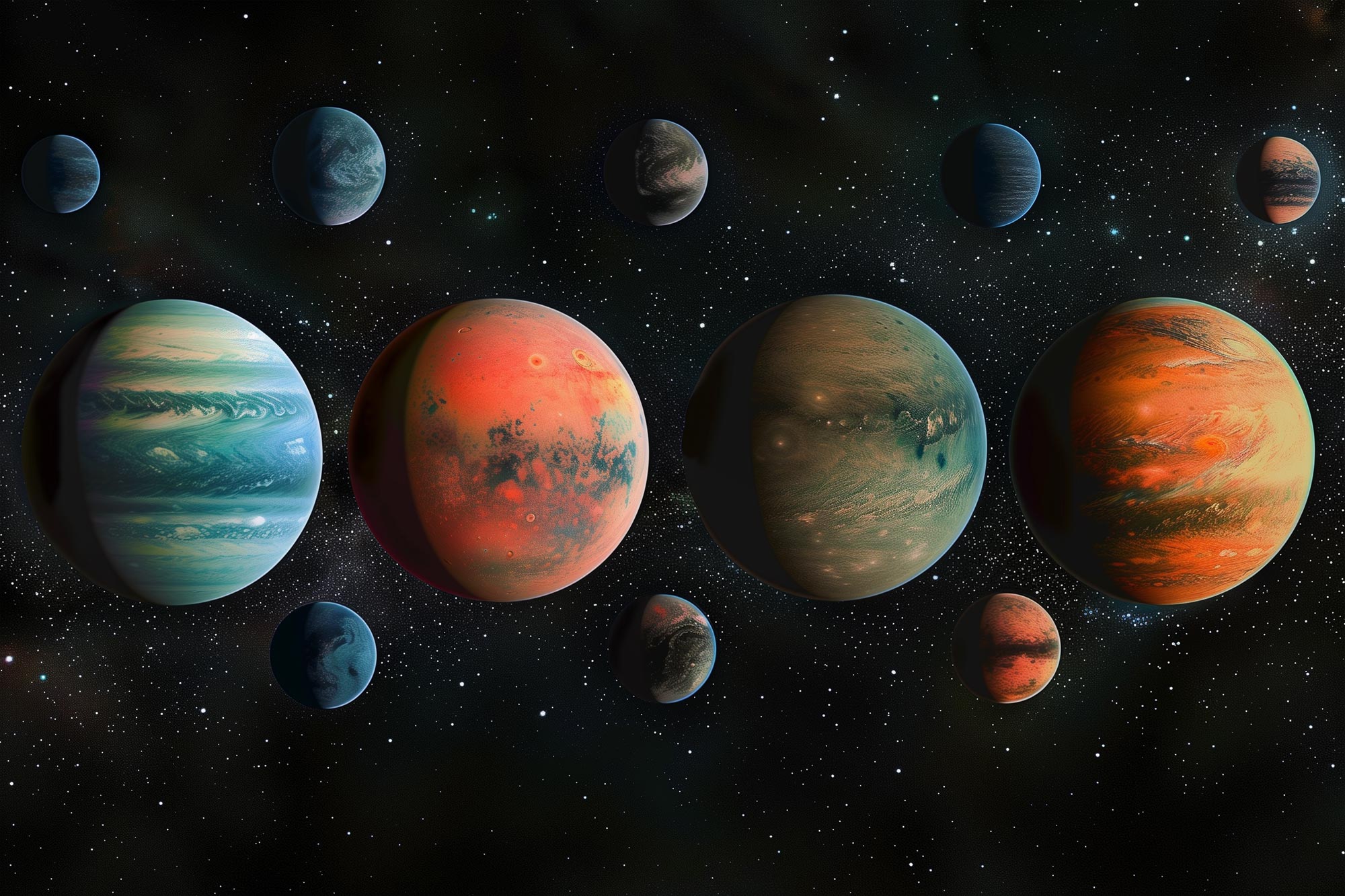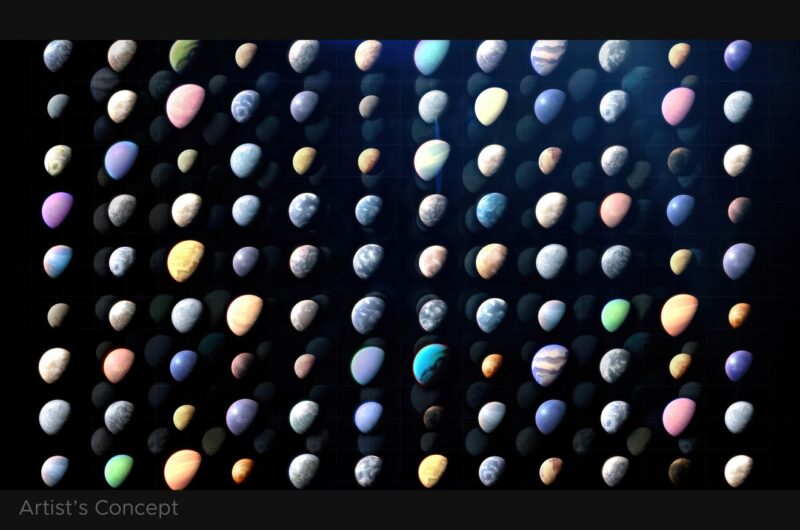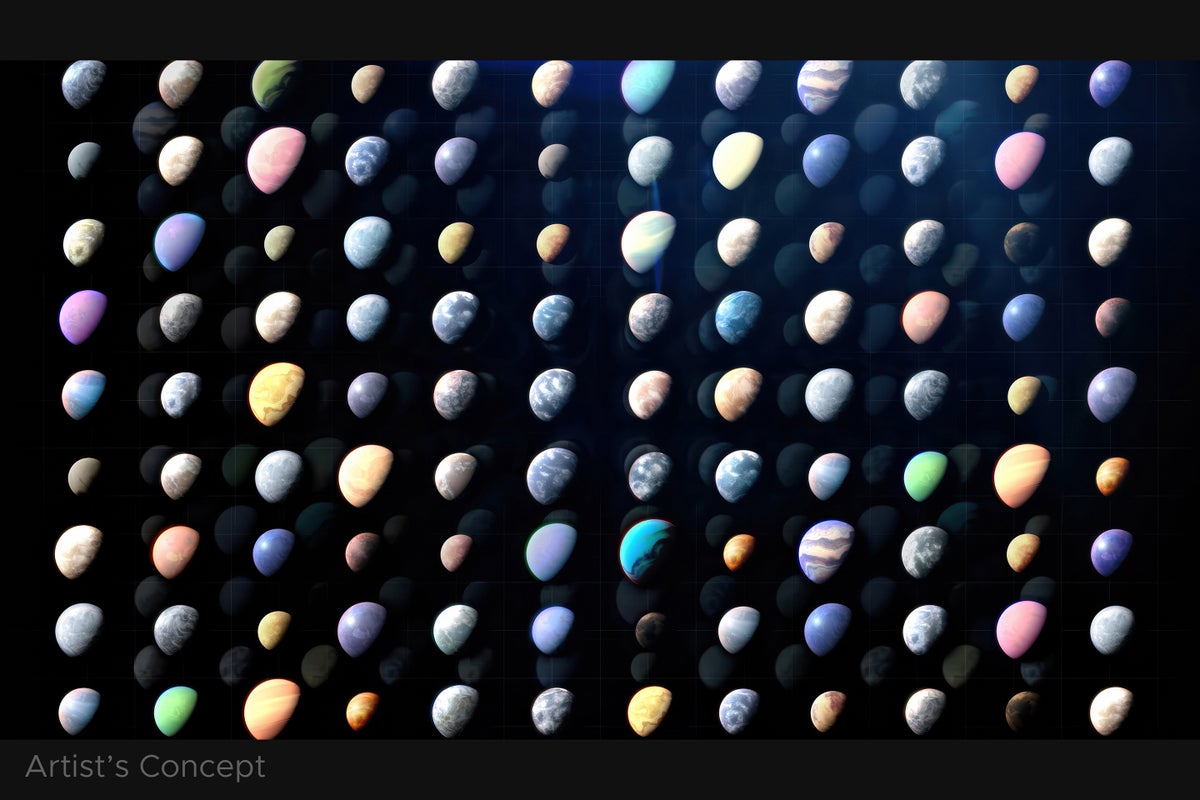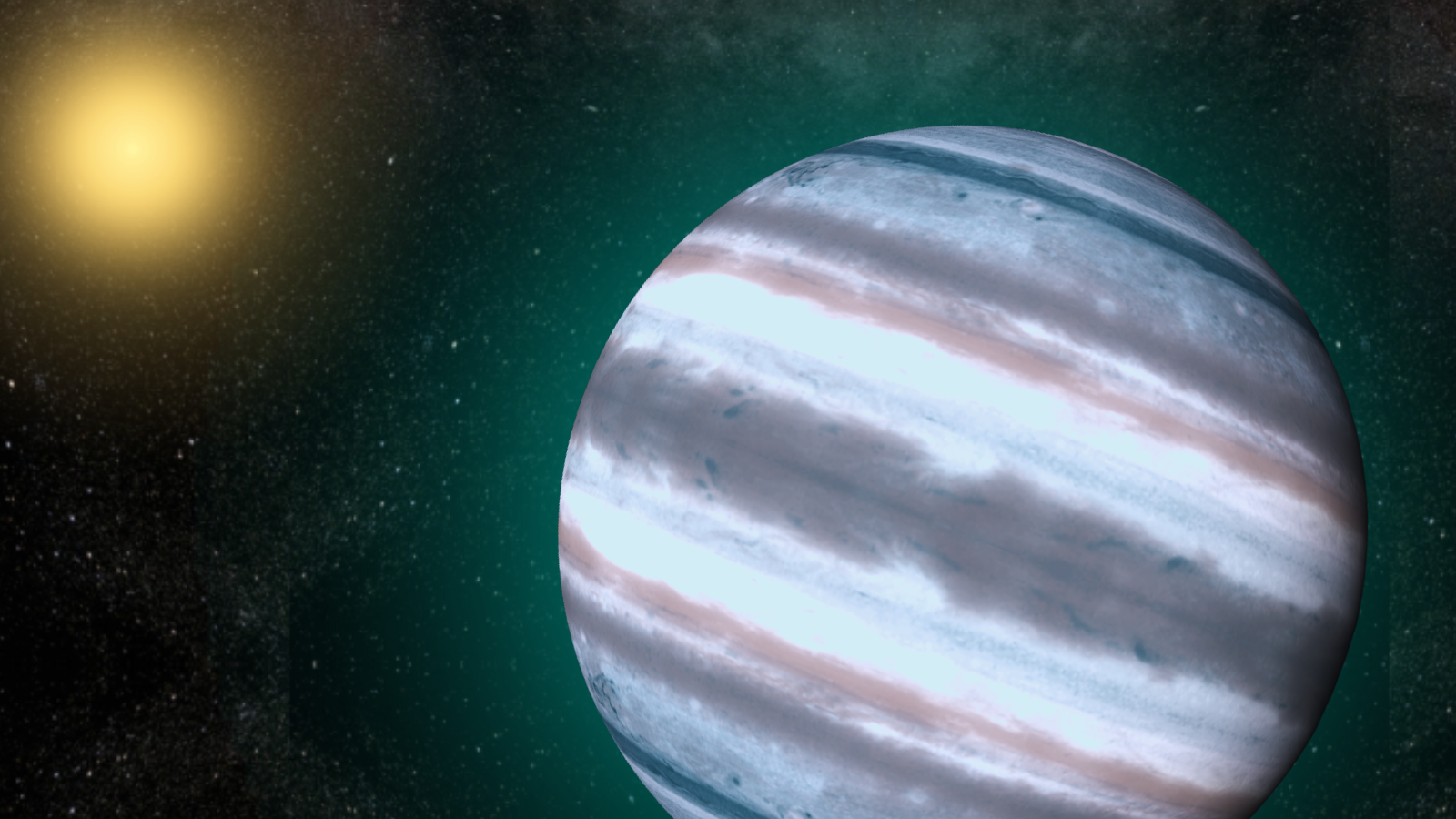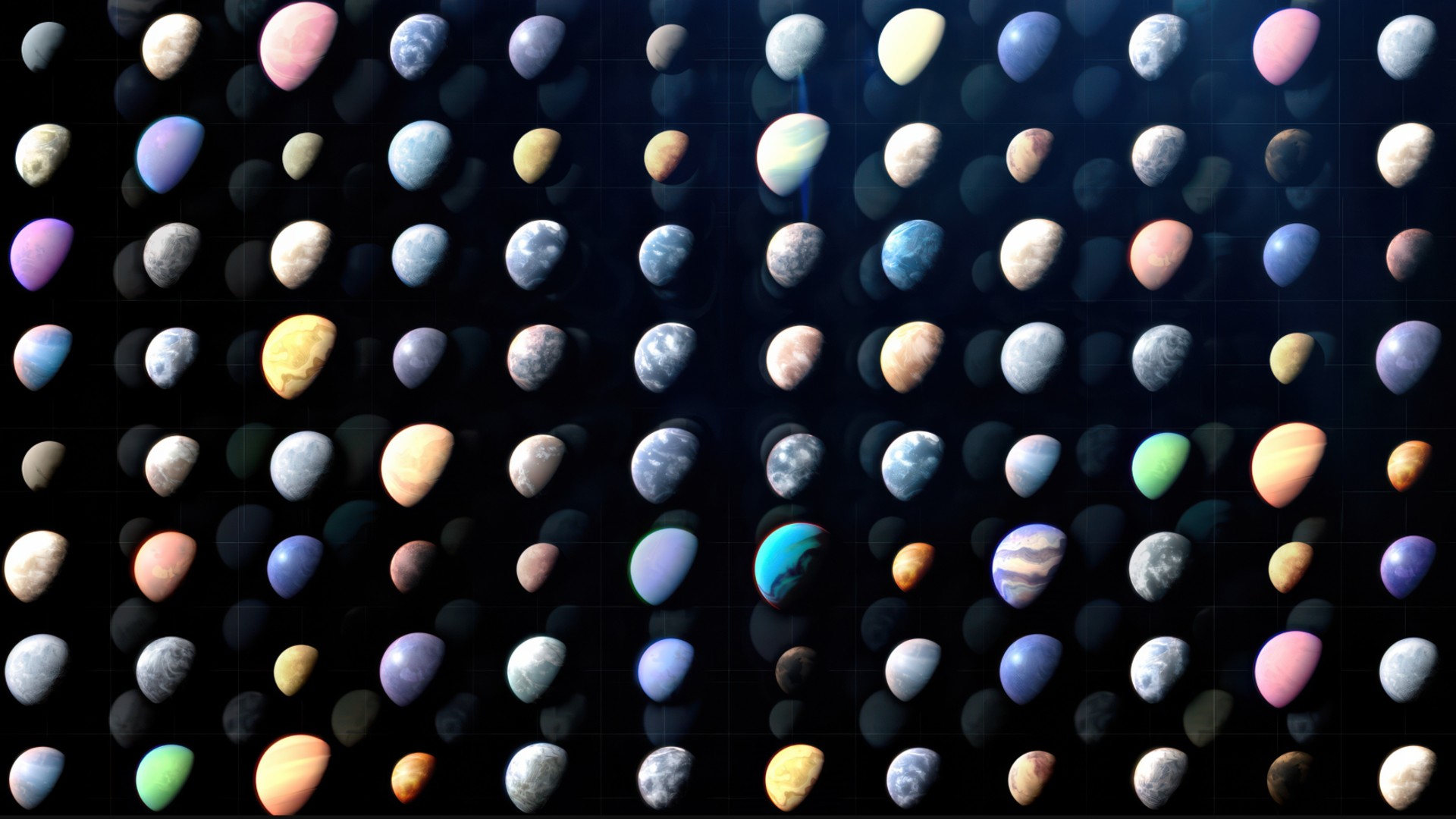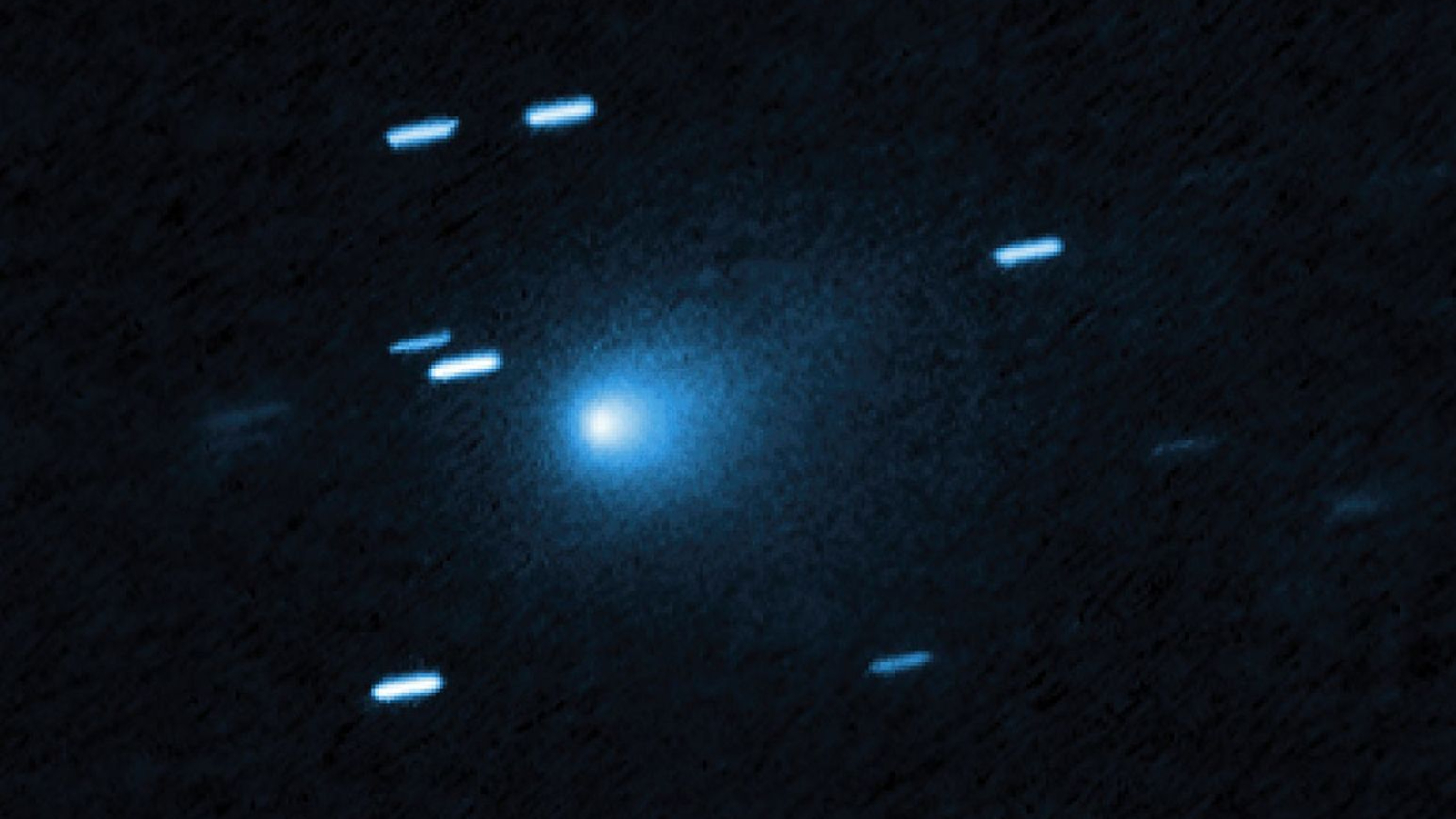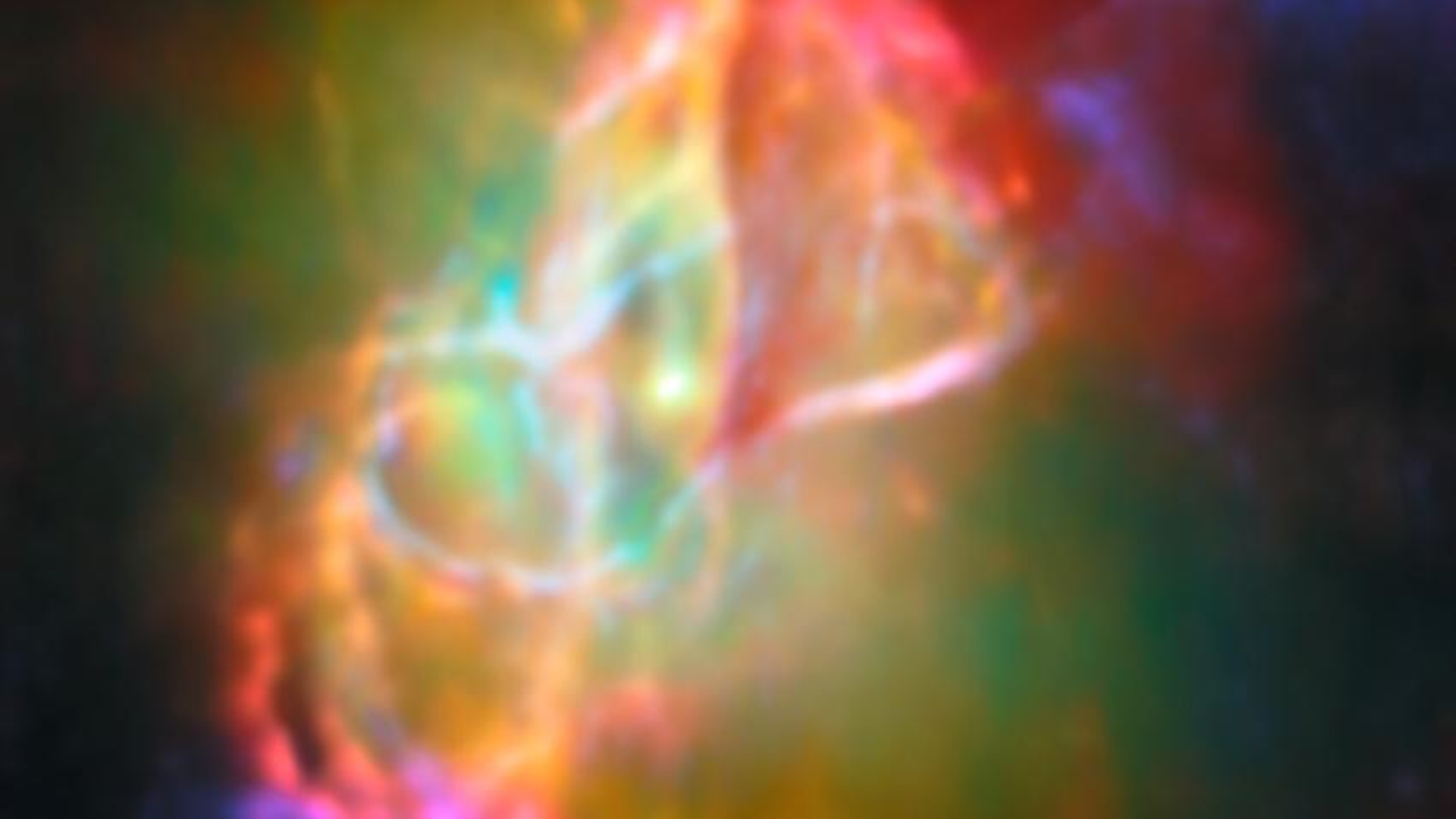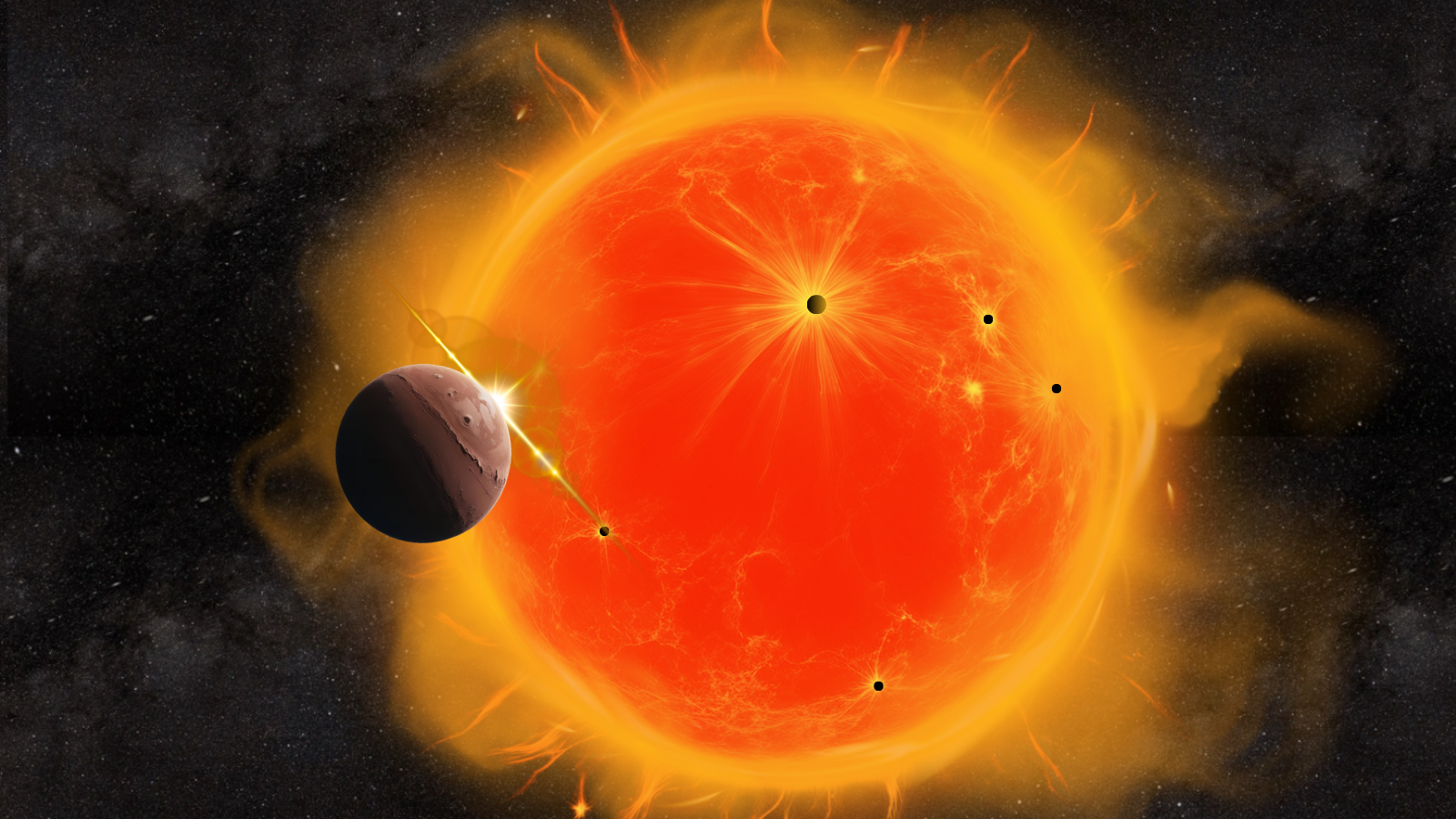
Exoplanets
Telescope for Habitable Exoplanets and Interstellar/Intergalactic Astronomy (THEIA) is a NASA-proposed 4-metre optical/ultraviolet space telescope that would succeed the Hubble Space Telescope and complement the infrared-James Webb Space Telescope.

A game-changing instrument is set to improve the detection and direct imaging of exoplanets by harnessing the power of liquid crystals. PLACID will enable us to directly image planets around multi-star systems for the first time, and proto-planetary discs. First observations are expected in Q1 2026.
